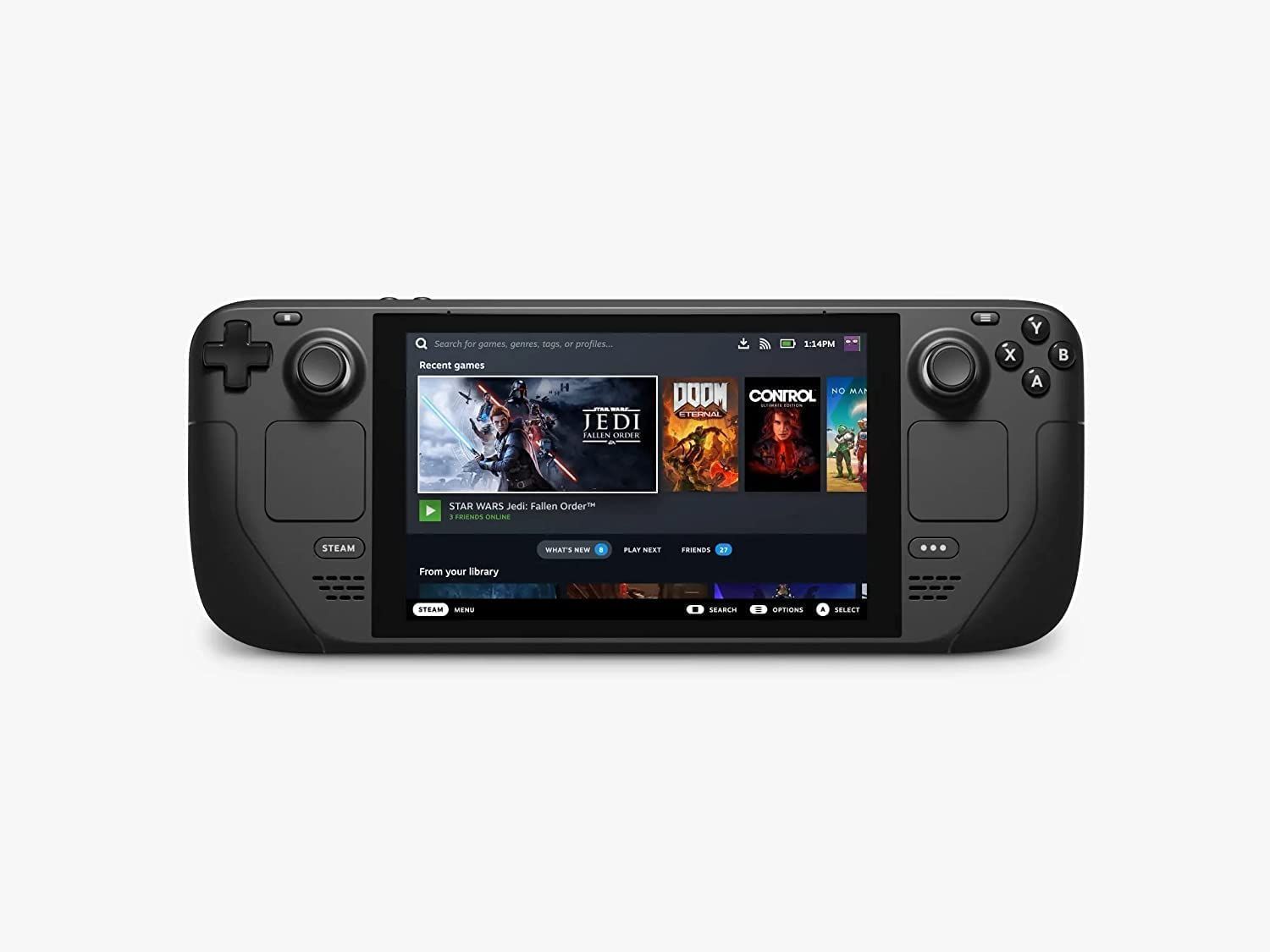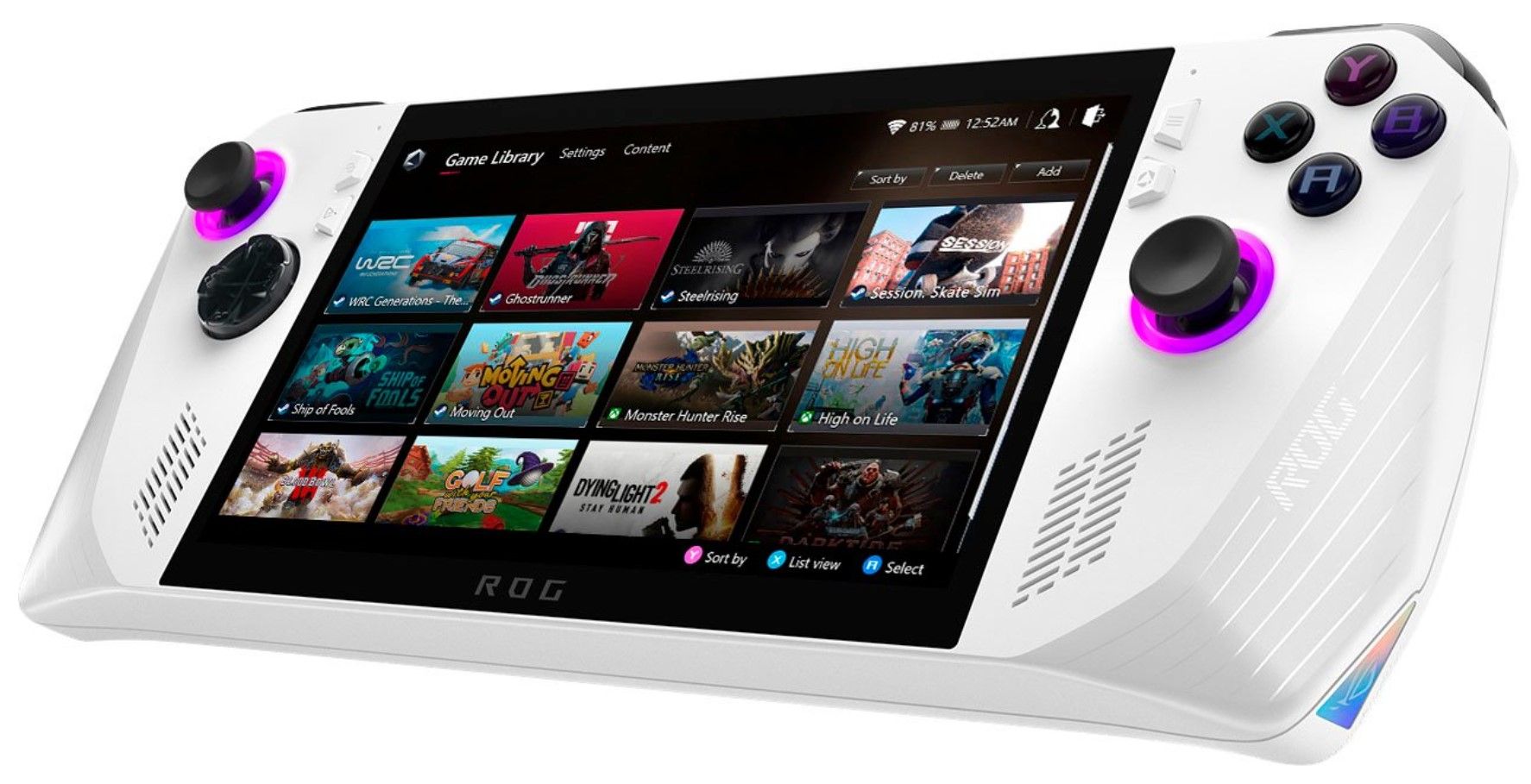The Steam Deck is a polarizing device for many. Most users love the fact that they can game on the go and play retro games and titles that are not possible on other consoles officially. This, coupled with the fact that the Steam Deck supports indie titles from the Steam library makes its offerings some of the largest on offer. This is because of the massive backlog of titles that users can access from their game libraries that could use the time spent while traveling to play.
On the other end of the spectrum, naysayers are split between those who insist that there must be more power under the hood to consider grabbing a Steam Deck in 2023 and those who cite issues such as limited battery life and customization options. The Steam Deck also needs to contend with the fact that unlike consoles like the Nintendo Switch, it does not benefit from tailor-made experiences but rather relies on a certification process that developers may or may on engage in, making the experience vary from title to title.
This makes picking a Steam Deck versus some of its increasingly stellar competition a decision that needs to be made carefully. This is compounded further thanks to the Steam Deck coming in 3 separate storage models, each with its own value proposition.
How Much Does A Steam Deck Cost?
A Steam Deck starts at $399 and can cost up to $649 for users going for the maximum capacity model. The following prices only apply to users able to find stock with official sellers. The Steam Deck remains a somewhat difficult-to-find product in stores at MSRP:
64GB: $399.99
256GB: $529.99
512GB: $649.99
The later spec pushes it in direct competition with the ASUS ROG Ally, a newer unit that currently commands a small price premium over Steam's more mainstream option in the same capacity while offering significantly beefed up hardware as part of the bargain.
Which Steam Deck Version Should You Buy?
The Steam Deck's 64GB version is its most cost-effective option even if you factor in an SSD upgrade down the line. At just $400 for a unit, it offers excellent value for money and a fairly straightforward upgrade path, assuming you can find one at MSRP at a retailer. With Steam currently out of stock in many territories and the Deck being available at a 1 to 2 weeks lead time currently for orders from the Steam store, if you need it ASAP, it is available at a premium on many 3rd party retailers.
The 64GB Steam Deck is unique in its own right, offering essentially the same experience as the top-end 512GB version with the chief difference being a lack of anti-glare glass and the added storage at a price that is $250 off. Users can simply get 1TB of storage for considerably less than Steam's ask for the 512GB option. It does, however, require them to go for a DIY option of opening up the Steam Deck to perform the upgrade that not all users will be comfortable with.
This makes the mid-range option a somewhat appealing option as it skips the eMMC storage that the 64GB model has, offering a faster SSD in tow that should be enough for most casual gamers looking to game on the go. The internal storage on the 64GB model is considerably slower than the faster SSD options, with the Steam Deck using a PCIe Gen 2 x1 interface to access data.
The Steam Deck's mid-range 256GB SKU offers a great alternative for users wanting to game on the Steam Deck without upgrading to an SSD on the 64GB, or resorting to slower MicroSD storage for the games they wish to play. Thanks to this, games do launch faster than the eMMC-sporting 64GB SKU, and the $130 premium nets users an exclusive Steam Community Profile bundle that is exclusive to the 256GB and 512GB models.
The Steam Community profile bundle offers a retrowave aesthetic as part of a theme that upgrades how a user's Steam profile looks like for any Steam players checking it out on the platform. It is currently not available for purchase for users with the 64GB Steam Deck model, even if they upgrade to SSDs down the line and is locked to the first Steam account the Deck logs into.
It must be noted that the Steam Deck's 256GB SKU ships with a PCI-E Gen 3 SSD running in x4 or x2 mode depending on the model used. Steam states that user experiences are not affected by the change.
The Steam Deck's 512GB SKU offers the highest amount of SSD storage out of the box, utilizing a faster Gen 3 SSD than the entry-level model the 256GB model does. It also throws in the same extras in terms of a theme as the 256GB model does while doubling down with an exclusive virtual keyboard theme.
The biggest upgrade that the 512GB Steam deck enjoys is an anti-glare etched glass screen which is handy when used while traveling or playing in sunlight. This is exclusive to the 512GB SKU, which means if this is a dealbreaker for gamers, only the highest-end Steam Deck SKU covers their needs.
It comes within spitting distance of the ASUS ROG Ally, a faster and newer competitor from ASUS that runs Windows out of the box versus the Linux-based SteamOS that the Steam Decks do. The ROG Ally costs $50 more but features a number of hardware upgrades including a higher-resolution display that make it a powerful contender to Steam's older flagship.
The Alternative: The ASUS ROG Ally
The ASUS ROG Ally is an excellent alternative if one isn't sold on a Steam Deck as their primary gaming device. It comes at a price however, clocking in at $700 for the premium handheld device, but packs a serious amount of hardware on the go in return. It offers an FHD display, a faster charger, and newer connectivity (Wi-Fi 6E and Bluetooth 5.2) to build up its advantage against the relatively aging Steam Deck console.
The differences are larger however in the CPU and GPU departments where the Ally pushed the newer AMD Z1 Extreme processor to reign supreme. This utilizes faster and more efficient Zen 4 CPU cores in a quad-core configuration coupled with 12 RDNA3-based compute units, making it notably faster than Steam's own one-size-fits-all offering on the Deck.
The brighter 120Hz display can be a massive battery hog, but it also offers a far better experience for users, especially if they intend to play competitive titles where the Ally outshines the Steam Deck considerably.
At the same time, the Steam Deck is far more flexible thanks to its lower entry price for gamers, making it a more approachable option out of the box for the base model, and it is still up to $200 cheaper with a DIY SSD upgrade for the 64GB model. If anything, the ROG Ally is an excellent, but pricey alternative to the Steam Deck that has an uphill task ahead of it, essentially aiming to push for the top-end consumer base that is likely to also consider the 512GB Steam Deck.
A cheaper 512GB, lower spec, Z1-based model is expected to be released later this year for $600, making it a fairer competitor to both the 256GB and 512GB Steam Deck SKUs.
What Should One Get With A Steam Deck Console?
If one has already bought a Steam Deck console, the next step is to figure out what games to play. Getting a Steam Deck-verified title can make for a much better gaming session by considering titles that are currently known to work without issues on the console.
At the same time, it might be a good idea for gamers and enthusiasts alike to stock up on accessories and add-ons that enhance their gameplay without costing an arm and a leg including custom cases, protectors, and other PC gaming accessories that are compatible with the Steam Deck without being too much to lug around on the go.
On the other end of the spectrum, picking up a low-cost SSD for a Steam Deck console is a great idea to allow users to add more games to play on the go. One should however be mindful of the fact that adding a new SSD generally means wiping off onboard game data and save files, so backing up game data to the cloud is an important precursor to attempting any upgrade to the Steam Deck console.
FAQ
Q: How much does a Steam Deck cost?
A Steam Deck console can cost anywhere from $400 to $650 depending on the storage capacity on offer. It does, however, currently go for higher prices on multiple retailers thanks to 3rd party sellers offering consoles on sale at those platforms at a premium.
Q: How Long Does The Steam Deck's Battery Life Last?
The Steam Deck is rated to have its battery last anywhere between 2 and 8 hours. This can vary depending on the power draw due to the game title in question as well as the display brightness settings on the console.


